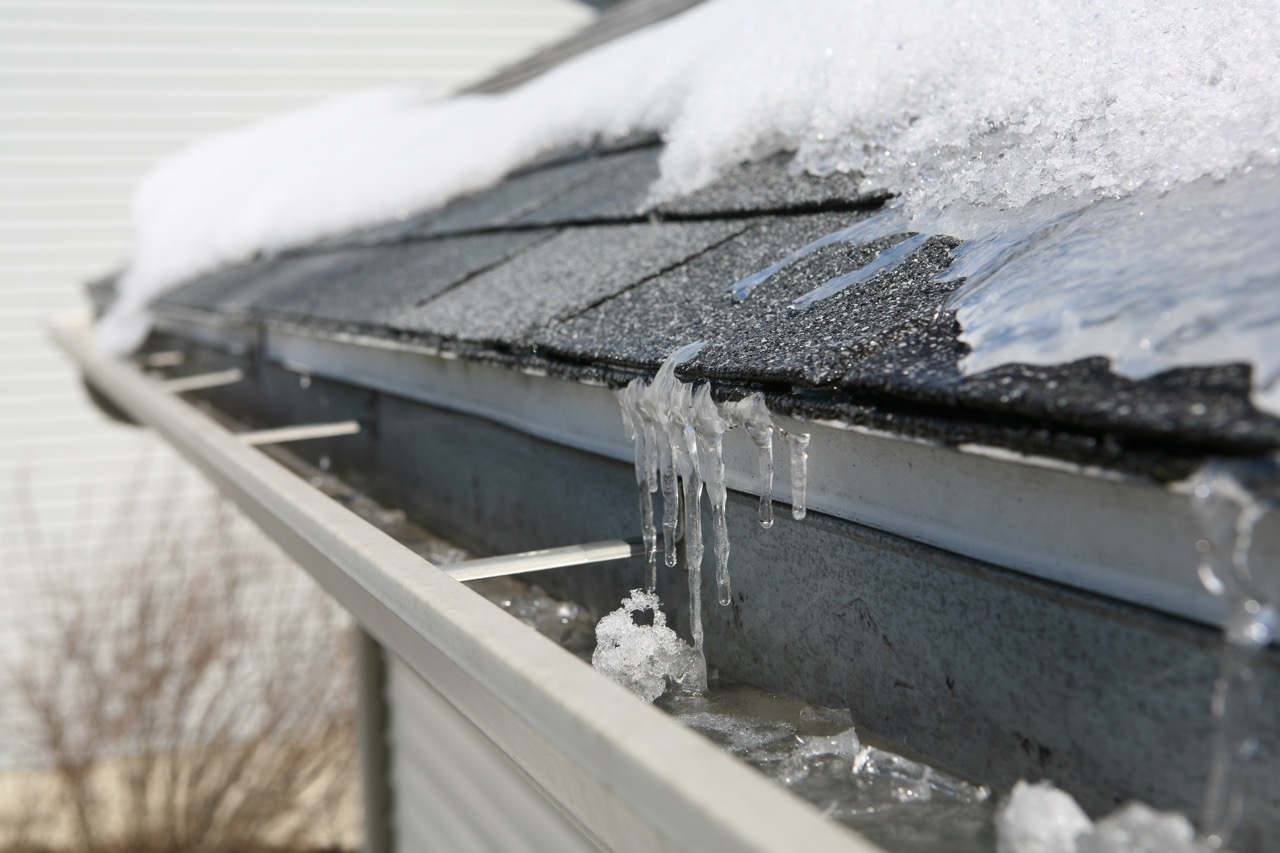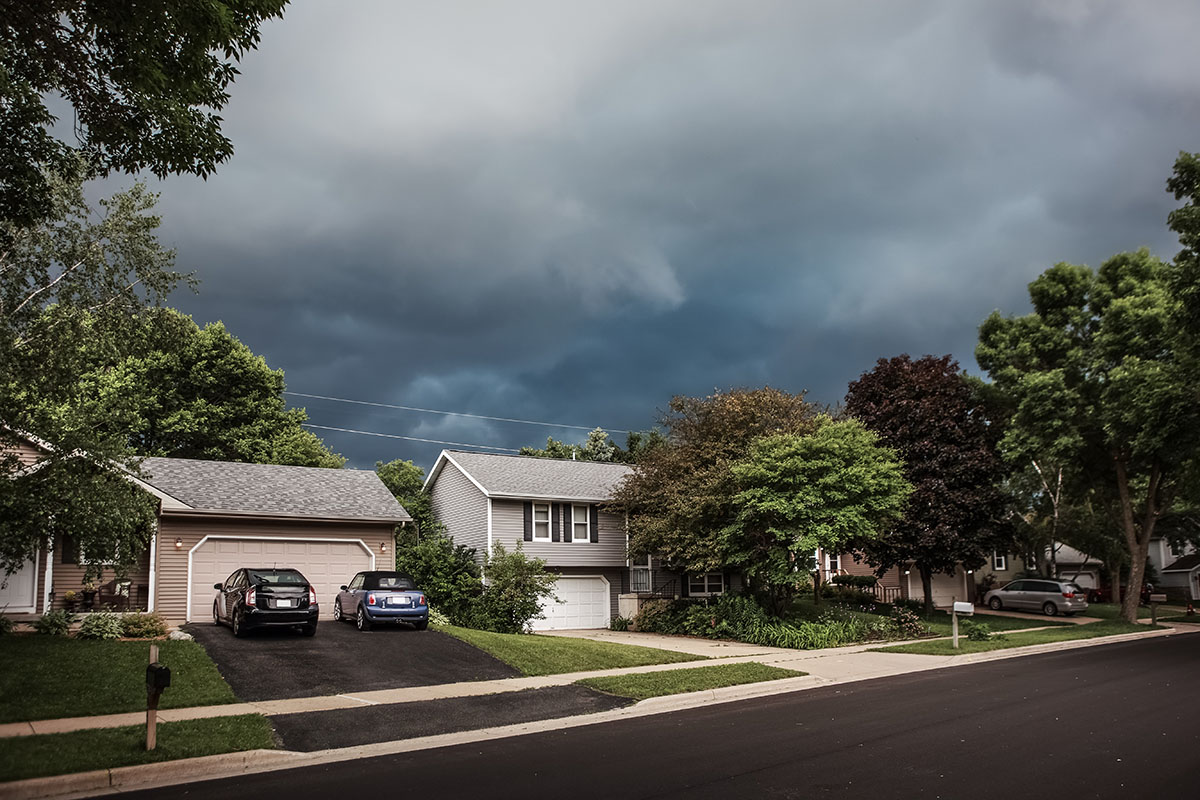Summary
Every component of your home is vital and serves special functions that contribute to you and your family’s overall living comfort. In fact, windows in Arlington Heights , IL homes are not chosen randomly and then installed without consideration for design and efficiency. They are carefully selected from a slew of options that include dozens of materials and hundreds of individual products. If you’re in the market for new windows that can improve the aesthetics and durability of your home, you need to choose well and wisely. Here are some tips:
Learn the Lingo
Before heading out to shop for window replacement in Arlington Heights, IL, learn the basic terminologies first. This will keep you from encountering confusion while doing your research and analyzing your available options. First off, familiarize yourself with the various types of windows, such as double-hung, double-pane, casements, and tilt-outs. For first-time shoppers, it’s best to deal with established local window companies like Muller Exteriors Inc.
Get to Know the Anatomy of a Window
Other than learning the language, you’ll need a lesson in anatomy as well. Get to know the basic parts of a window, which includes the frame, sash, cladding, insulated glass, coating, and grilles, so you can easily pick out the right one with the best features. Most of these parts are customizable to match your home’s architectural style and provide you with the necessary insulation.
Familiarize Yourself with Ratings
Needless to say, energy efficiency is a primary consideration when selecting a window replacement. So how will you ensure the eco-friendliness and practicality of your windows? Start by studying energy performance ratings and Energy Star labels. Basically, new windows come with National Fenestration Ratings Council (NFRC) stickers, energy performance certification, and Energy Star labels, so you can conveniently compare your options. Therefore, compare with competency by learning the definition and implications of label categories and test values (e.g. U-Factor, solar heat gain coefficient, visible light transmittance).
Consider These 3 Factors
Finally, take note that: (1) price isn’t always indicative of a window’s performance, (2) windows must match the climate of your area, and (3) you shouldn’t overspend on options. Indeed, an expensive window does not equate to a top-performing one as consumer tests prove, so it’s a smart move to analyze features individually and only opt for those that are necessary. This way, you won’t spend too much on unnecessary features but still get windows that perform well in your local climate.
Source:
How to Choose Replacement Windows, ConsumerReports.org







